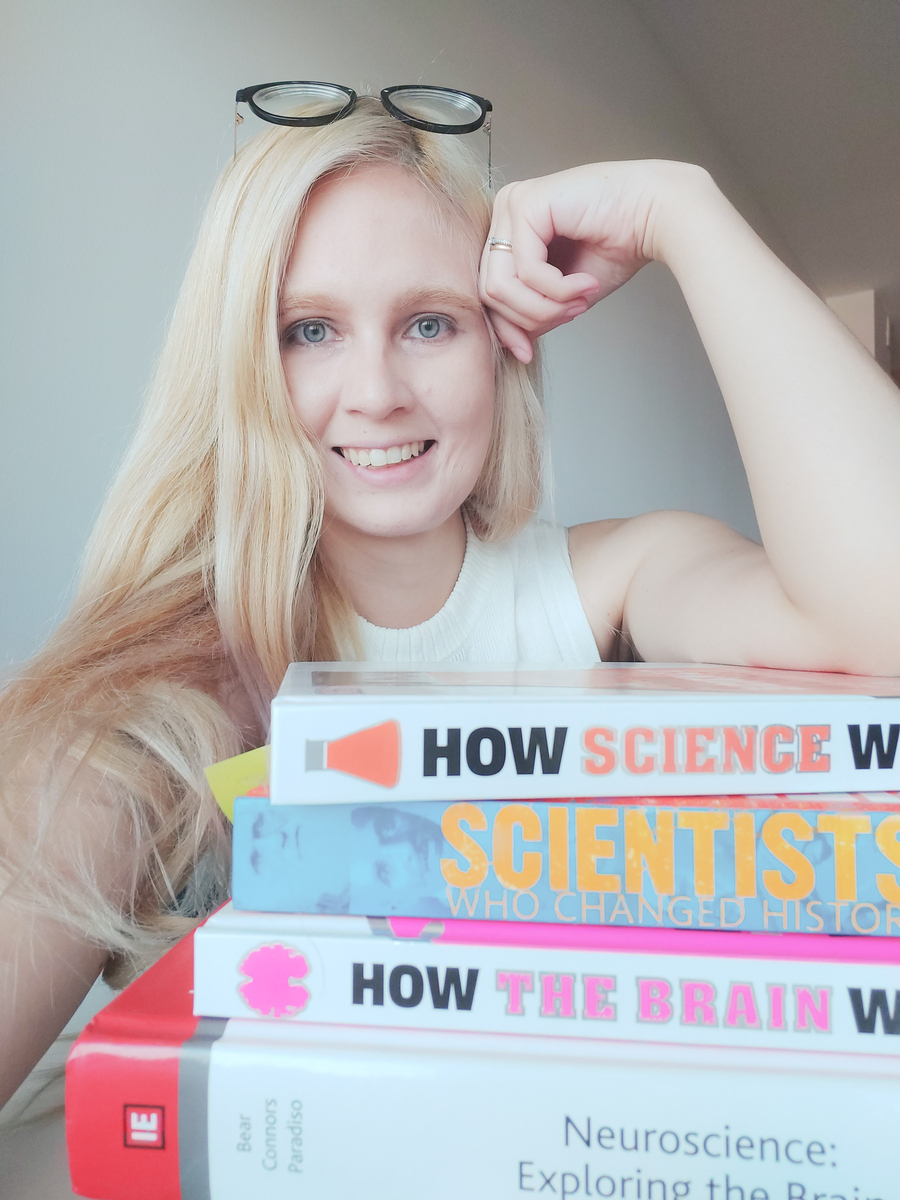Camila Pía Canales, a research specialist and lecturer at the University of Iceland, presented two exciting projects on sustainable production of hydrogen at the Functional Materials and Nanotechnology (FM&NT) congress held in Riga, Latvia, in July.
Camila holds a PhD in Chemistry and is currently developing the projects at the University of Iceland in close collaboration with a group of scientist within and outside of the university. Camila has been working at the University of Iceland since 2019 and boasts 11 years of experience in the field of electrochemistry.
The first project is called AliCe-Why project, conducted in collaboration with researchers across Europe as well as professors Christiaan P. Richter and Rúnar Unnþórsson at the University of Iceland. The main goal of the project is to use aluminum waste to produce hydrogen.
The second project is related to the production of hydrogen using seawater and the future perspectives of developing this idea due the diminishing supplies of freshwater. Camila is the leading researcher working with a group of ten scientists with the support of Molymet, Grein Research, and the Icelandic Marine Research Institute. This project is divided into three main stages: (1) electrocatalytical, (2) chemometrical, and (3) welfare analyses, with the following co-investigators:
(1) Prof. Thomas E. Mallouk from the University of Pennsylvania; Dr. Alexey Serov from the Oak Ridge National Laboratory; Dr. Árni S. Ingason, from Grein Research efh.; Prof. Egill Skúlason, from the University of Iceland; Prof. Galo Ramírez, from Pontificia Universidad Católica de Chile
(2) Prof. Enrique del Castillo, from The Pennsylvania State University; Prof. Birgir Hrafnkelsson, from the University of Iceland
(3) Prof. Kyrre Rickertsen, from the Norwegian University of Life Sciences; Prof. Daði Már Kristófersson, from the University of Iceland. Daði has been actively working with Camila with the aim of connecting the science with the actual application of this technology in the market, and incorporate hydrogen as part of a circular economy.




